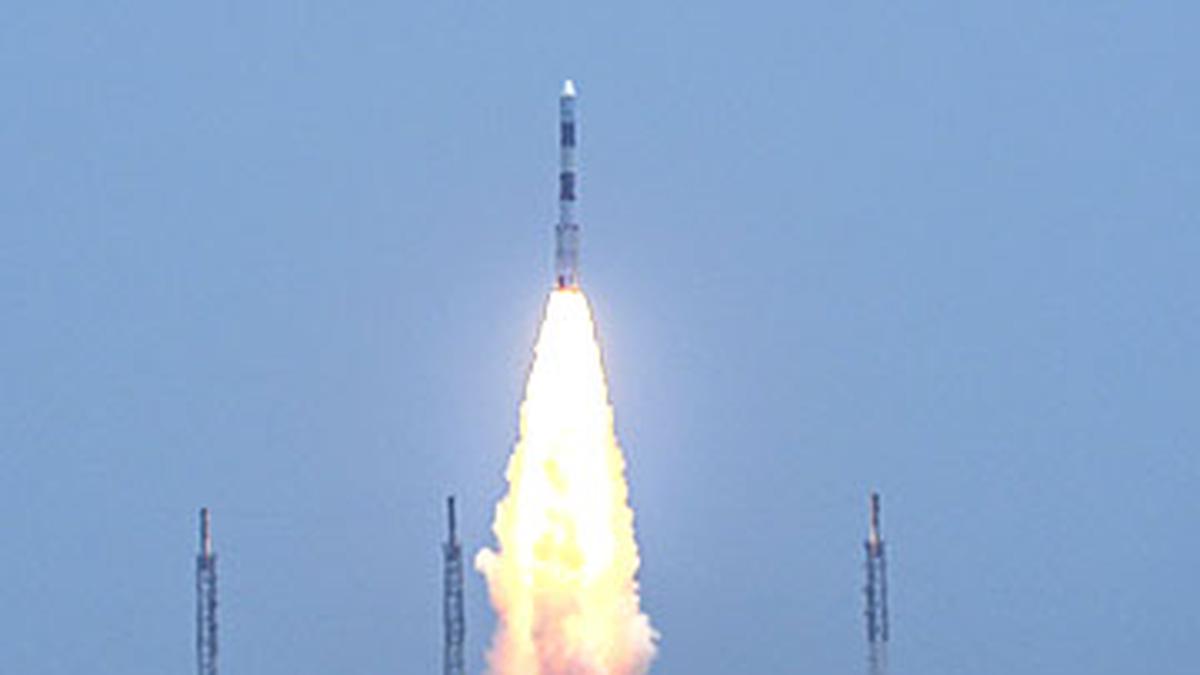
India's Aditya-L1 solar mission spacecraft commences collecting scientific data
The Hindu
Aditya-L1 was launched by ISRO on September 2
India's Aditya-L1 solar mission spacecraft has commenced collecting scientific data to help scientists analyse particles surrounding Earth, ISRO said on September 18.
The sensors on board India's first solar observatory have begun measuring ions and electrons at distances greater than 50,000 km from Earth, ISRO announced in a post on X.
The national space agency said that the sensors on STEPS or the Supra Thermal & Energetic Particle Spectrometer instrument began measuring supra-thermal and energetic ions and electrons at distances greater than 50,000 km from Earth.
Also read: Aditya L1 mission | ISRO successfully conducts third earth-bound manoeuvre
The instrument is a part of the Aditya Solar Wind Particle EXperiment (ASPEX) payload of Aditya L1.
STEPS comprises six sensors, each observing in different directions and measuring supra-thermal and energetic ions ranging from 20 keV/nucleon to 5 MeV/nucleon, in addition to electrons exceeding 1 MeV. These measurements are conducted using low and high-energy particle spectrometers.
The data collected during Earth's orbits helps scientists to analyse the behaviour of particles surrounding the Earth, especially in the presence of its magnetic field.

Capt. Brijesh Chowta, Dakshina Kannada MP, on Saturday urged Union Finance Minister Nirmala Sitharaman to facilitate speeding up of ongoing critical infrastructure works in the region, including Mangaluru-Bengaluru NH 75 widening, establishment of Indian Coast Guard Academy, and merger of Konkan Railway Corporation with the Indian Railways.










